7 Effective DIY Sore Nose Remedies to Soothe Raw Skin
This website may earn commissions from purchases made through links in this post.
Is your nose sore from blowing? Here are seven DIY sore nose remedies that can soothe the raw, chapped skin around your nose.
There’s nothing nice about being sick, but raw, sore skin from repeatedly blowing your nose just adds another layer of sandpaper-like torment when you’re already miserable.
Do you want to know how to heal raw skin on your nose fast?
The solution, besides preventing chapped skin when you blow your nose, is to apply a remedy that will help soothe the raw skin, create a barrier to protect the skin and moisturise the dry skin and help it heal.
There are a whole range of products on the market to help with a chapped nose. And maybe many are more effective than your basic DIY. But if the budget is tight, that’s another cost on top of everything else.
If you can reach into the cupboard for something you already have on hand, that’s one less thing to worry about when you’re not feeling well.
Ways to Prevent a Sore Nose
Prevention is always better than cure, and the tips below will help you avoid a chapped nose.
First, avoid scratchy tissues if you can and use soft tissues instead. Some tissues are super-soft and they are infused with aloe vera. To save money, try to stock up on a box or two when you don’t need them, but they are on sale.
Pat your nose instead of blowing when possible to reduce rawness and avoid getting a sore nose from blowing.
Alternatively, you can use hankies.
In my opinion, THE BEST hankies are ones made from old flannel sheets or shirts. The cotton is soft and worn, making them gentle on the nose as well as being absorbent. If you want to make some hankies, check out this DIY hanky tutorial from an old shirt.
Other remedies that can reduce the need to blow your nose are to use a saline spray (as directed) a few times a day to flush your nose out or a neti pot.
Steam can also help clear out the nose, either using a humidifier, having a hot shower or putting your head over a bowl of steaming water. Adding a little Eucalyptus oil can also help.
Finally, don’t forget to stay hydrated by drinking plenty of water. Hot drinks, like herbal teas without caffeine, can really help.
Precautions
It’s important to note that remedies for a sore nose are for EXTERNAL USE ONLY. They should only be applied to the outside skin and NOT inside your nostrils.
This is due to the risk of inhaling oils which can cause Lipid Pneumonia, where oil enters the lungs, causing inflammation. While it’s rare, it’s important to take precautions against this.
So all remedies are for external purposes only.
7 DIY Remedies for a Raw Nose
Instead of reaching for petroleum-based products, you can try natural remedies that have been used for centuries to heal the dry skin around the nose fast.
1. Coconut Oil
If you have coconut oil on hand, it can be applied to chapped skin to help soothe it.
Coconut oil is my number one go-to raw nose remedy, simply because it’s usually already in the cupboard. It’s a quick, easy and fairly inexpensive fix.
The oil is absorbed quickly into the skin, so it’s not greasy, but it effectively adds moisture.
The medium-chain fatty acids in coconut oil make it an excellent skin moisturiser. It also has antioxidant, anti-bacterial and anti-inflammatory properties and is high in Vitamin E, which is good for the skin, too [source].
Scoop or pour a little out into a separate jar or container (I use a teaspoon) and apply regularly after blowing your nose.
You might also like:
2. Coconut Oils + Essential Oil
Essential oils can be expensive, so if you don’t have any on hand, you don’t need to run out and get them.
I have a few versatile oils I use all the time. Tea tree oil is one of them. Some people are allergic to tea tree oil, and it shouldn’t be used on pets, so read the precautions before using it.
In general, tea tree oil is an amazingly effective and versatile essential oil. Tea tree oil has antibacterial, antifungal and antiviral properties that make it a great natural remedy. It is used to treat cuts and wounds and is an effective acne treatment. [source, source]
I use tea tree oil for treating cold sores, with good results, and I like to use it when my nose is raw from blowing as a cold sore preventative.
If you want to add some to your sore nose remedy, mix 1 drop of tea tree oil per 1 teaspoon of coconut oil.
You might also like:
- Tea tree oil uses
- How to get rid of head lice using tea tree oil
- How to heal a cold sore with tea tree oil
3. Aloe Vera Gel
Aloe Vera gel is a handy addition to a home first aid kit.
This hardy plant can help soothe skin problems like sunburn, and it’s moisturising for dry skin.
Aloe Vera is useful for treating wounds and minor burns, skin infections, sunburn, sore raw skin and a whole heap of other conditions.
You can grow your own Aloe Vera plant, which is a cheaper way to use the gel. And they’re easy to grow! Despite constant neglect, ours has sprouted a whole load of babies all throughout the garden. Maybe because every day when I hang the washing on the line, I greet it. ‘Allo Vera.
To harvest, cut an outer leaf off at the base with a sharp knife, remove the serrated edges and skin, and you have the gel, which you can keep in the fridge for a week or freeze for later. Here’s a video that shows you harvest your own Aloe Vera gel.
Apply gel regularly and after blowing your nose.
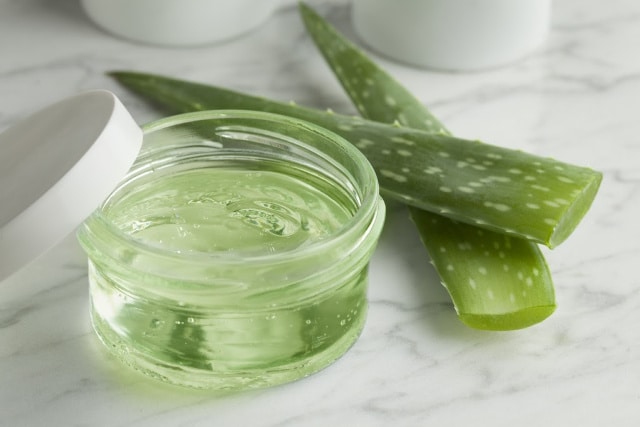
4. Rosehip Oil
Rosehip oil is a lovely little luxury that’s amazingly effective. It’s definitely not an essential household item, and it’s certainly not the cheapest option, but it is a lovely skin oil.
I keep a little bottle to use as a night cream (when I can be bothered) and to promote healing and reduce scarring after wounds (like after cold sores).
Rosehip oil is high in Vitamin E, C and A, essential fatty acids Omega 3, 6 and 9 and anti-oxidants. It is used to reduce sun damage, scars, stretch marks, burns, and acne scarring, and it’s supposed to reduce wrinkles (if only!).
Apply after blowing your nose to help soothe and moisturise your skin and promote healing.
5. Vitamin E Oil
Vitamin E oil has long been thought to be beneficial for the skin because of its antioxidant properties. It is used to fasten the recovery of injured or chapped skin.
It is also an effective (albeit heavy) moisturiser that combats dry, rough chapped skin. These two properties make it an excellent choice for healing sore, dry skin from nose blowing.
Apply to your skin as needed.
6. Calendula Oil
Calendula (Marigold) has been used for centuries to promote and speed up wound healing and soothe skin conditions. It contains anti-sceptic, anti-oxidant, and anti-inflammatory properties.
Unlike essential oils, which are distilled, calendula oil is made by infusing the dried flowers in a carrier oil. You can buy ready-made calendula ointment or make your calendula oil.
Make your own calendula oil by placing dried calendula petals in a jar and cover with a carrier oil like almond or olive oil. Cover and let the oil sit for a month to infuse. Drain oil and store for up to 1 year. If you’re enterprising, you can grow and dry your own calendula flowers.
Apply a dab of oil directly to the skin as needed.
7. Homemade Soothe Salve for a Sore Nose
This sore nose cream is the best solution, but because you have to prepare it ahead of time, it’s not as easy rolling out of bed and applying coconut oil straight from the cupboard.
Sore dry chapped skin is often treated with ‘Vasoline’, which is a petroleum by-product. Petroleum jelly is very good at providing a protective barrier over the skin, but it’s not natural or sustainable.
You can get similar results with a natural alternative by applying a salve made with beeswax. A salve contains moisturising and healing oils to help soothe and heal your nose, along with beeswax, which creates a barrier to help protect the sore skin.
A basic homemade salve is easy to make. Here’s how:
Homemade Soothe Salve for Chapped Skin

Soothe dry skin with a moisturising DIY soothe salve made from natural ingredients.
Materials
- 35g beeswax
- 165ml Calendula Infused Oil
- Essential Oil of choice (optional)
Tools
- Heat-proof bowl
- Saucepan
- 200ml Storage Container
Instructions
- Melt the beeswax and oil in a bowl slowly over simmering water.
- Pour into a clean container and cool until set.
- If you're adding essential oil, let mixture cool for 5 - 10 minutes before adding. Add essential oil, stir and then pour into a clean container and continue to cool until set.
- Use as needed.
Notes
For ADULT EXTERNAL USE ONLY.
If desired, add an essential oil to the mix. For a 1% dilution, add a maximum 40 drops of essential oil.
The recipe above uses calendula-infused oil – a skin-soothing oil. You could add a few drops of Vitamin E oil or substitute part or all of the Calendula with Rosehip oil.
Essential Oils For a Chapped Nose
Some of the remedies use essential oils to help heal the raw skin from blowing. Here are some of the most soothing essential oils.
- Chamomile Oil – helps relieve skin irritation. [source]
- Lavender Oil – soothes dry skin. [source]
- Tea Tree Oil – is antibacterial [source] and can soothe skin. [source]
- Myrrh OIl – used since ancient times for medicinal purposes to reduce inflammation and promote wound healing. [source]
- Rose Oil – Apart from the fact that it smells divine (!), rose oil is said to hydrate dry skin. [source]
- Rosemary Oil – hydrates dry skin. [source]
(Essential oil links are to our affiliate, Eco Modern Essentials, an Australian company that sources ingredients from ethical sources for social and environmental integrity.)
Using Essential Oils
For facial use, it’s important to DILUTE your essential oil with a carrier oil at a maximum of 1% for sensitive skin. That’s 1 drop of essential oil per 1 teaspoon of carrier oil.
The best carrier oils are the ones listed below because they are super moisturising and will help soothe your nose.
In case of allergy, it is always best to patch test oils first. To patch test, add a small amount of the oil mixture to your wrist or under your ear and leave for 24 hours. If irritation occurs, rinse well and discontinue use.
You might also like:
- make your own body butter
- make your own basic moisturising cream
- key ingredients for making your own personal care products
Petroleum-based products don’t have to be the go-to solution when you are suffering from a sore nose when you have a cold. Instead, look in your pantry or your natural home medical kit for effective natural sore nose remedies.

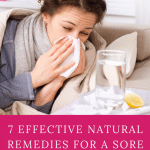

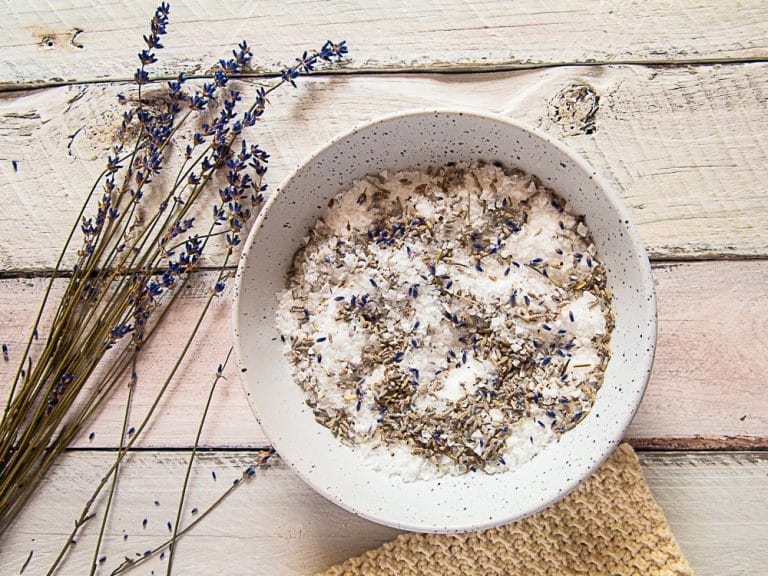
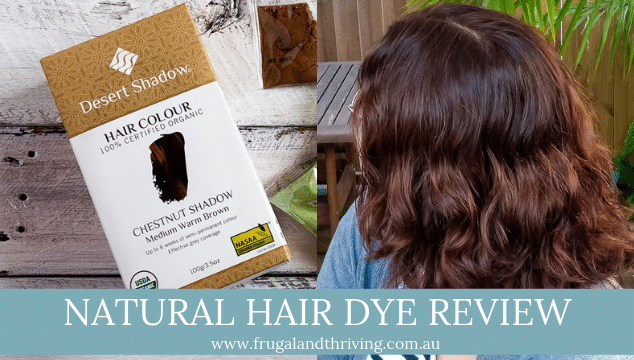

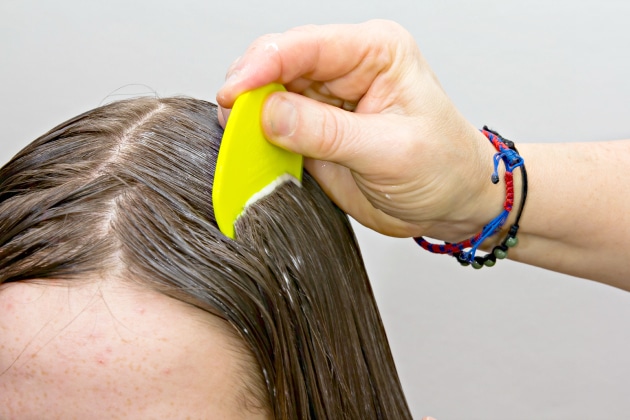

Coconut oil and tea tree oil makes sense. I once cured a crawly feeling in bridge of my nose with straight tea tree oil. May have been a parasite
I will also try alone vera juice.
That sounds uncomfortable. Glad to hear it worked. Tea tree oil is great – my kids went to school with it in their hair to ward off nits!